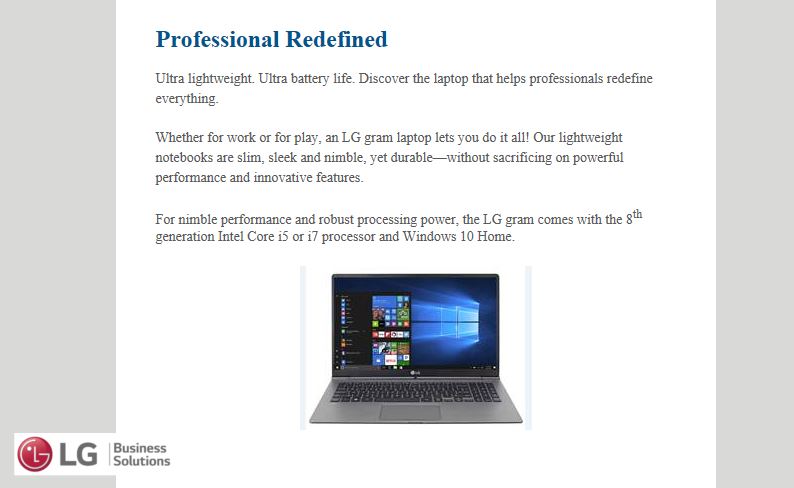After years of creating almost a dozen versions of Internet Explorer, in 2015, Microsoft introduced a new browser called Edge. This was released concurrently with Windows 10. The following year Microsoft announced that there would be no further development (meaning enhancements) to Internet Explorer (IE); only security updates would be issued.
At the start of 2019, according to Net Applications, a company that measures browser usage around the world, almost no one uses the Edge browser (4%) and use of IE has plummeted to 11%. It comes as a stark reminder to realize that only five years ago, IE had almost 85% of the market share.
You are probably asking, “What does this have to do with me?”
I’m getting there, I promise.
As many web developers have discovered, it is increasingly hard to code a web site to support a browser that doesn’t know about the latest features and techniques for displaying web pages. So a number of sites have simply said they are no longer going to run on IE. If you want to view or use their web sites, you’ll have to use another browser. I found this out with one client when she couldn’t get to her AOL mail using IE!
All Windows 10 computers come with the Edge browser by default. But also contained in the operating system is the code to run IE 11. It has been my standard operating practice to remove the Edge icon from the taskbar and replace it with the one for IE. But if Microsoft is not going to issue anything other than security updates, and more web sites decide not to code for IE, I am making a mistake in providing it for you.
So I took a closer look at the Net Applications statistics. To my amazement, my personal favorite browser, Mozilla Firefox has a 10% share – even lower than IE! And to my surprise, Google Chrome has a 64% share. It didn’t take long for me to realize that I need to update my standard deployment task for new computers.
Going forward, I will install Google Chrome on all Windows 10 computers, and set that to be your default browser. I will port over your bookmarks (favorites) and saved information so that you can continue to use this browser instead of Internet Explorer.
I will caution you that that Chrome is slightly different than IE. To help make this transition a little easier, if you want to start using it now, I will offer to install it on your current Windows 7 computer. That way you can compare and contrast how your favorite web sites appear with both browsers, and take at least a few months to wean yourselves away from IE.
PS — After I wrote this article, Microsoft announced that they will be using the Google Chrome framework for future versions of the Edge browser. Notwithstanding that development (which won’t be released until later in 2019), I’m still going to install Chrome.

